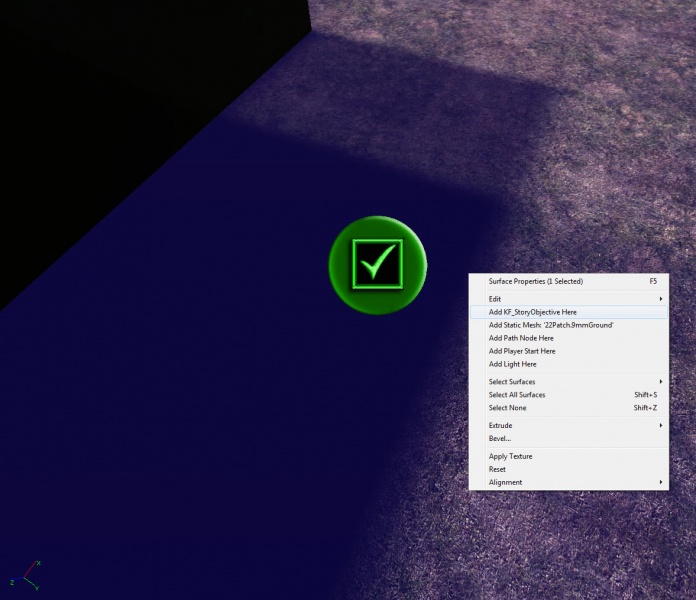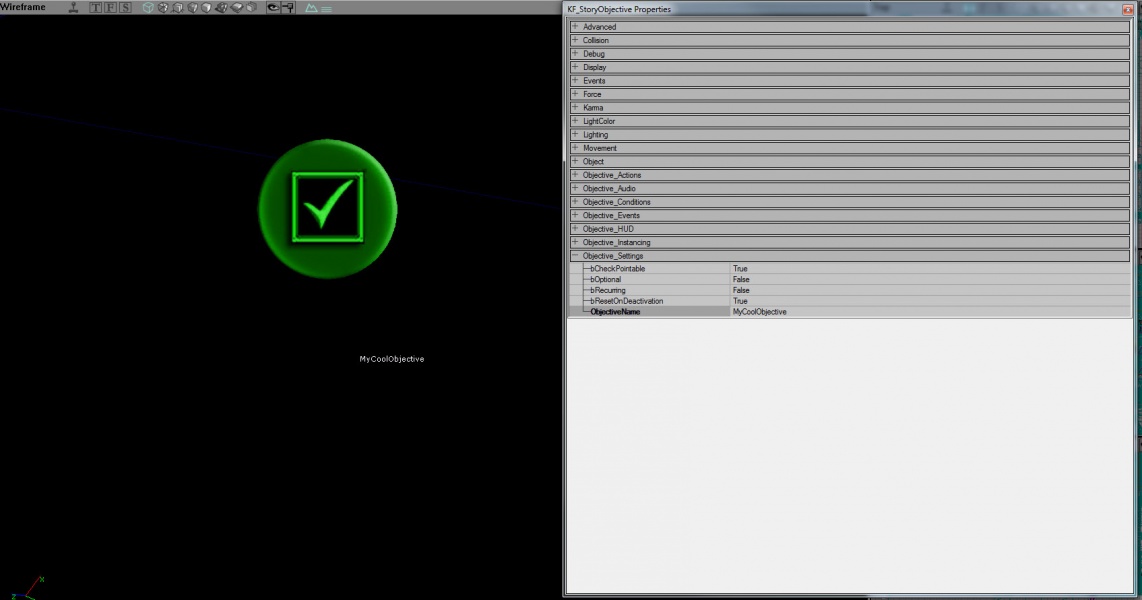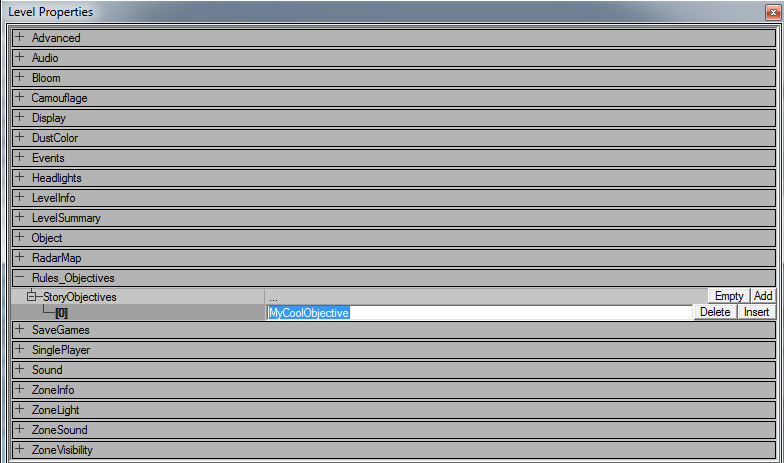Creating Objectives: Difference between revisions
| Line 44: | Line 44: | ||
Now that you have added an objective to your map, it's time to add some conditions to it. | Now that you have added an objective to your map, it's time to add some conditions to it. | ||
Conditions are pieces of logic which let the Objective know when it should be considered 'complete', and whether the outcome was successful, or whether players failed to accomplish their goals. | Conditions are pieces of logic which let the Objective know when it should be considered 'complete', and whether the outcome was successful, or whether players failed to accomplish their goals. | ||
As with objectives themselves, there is no limit to the number of conditions an objective actor may contain. However, unlike objectives, conditions have replicated properties which means there could be network performance issues if you decided to have a huge number of conditions activate at the same time. Use your best judgement. In general, the fewer conditions you use, the less performance overhead there will be. | |||
Revision as of 17:49, 5 November 2013
What is an Objective?
Objectives are the most important part of any Objective mode map. They determine how the gameplay should flow as well as setting winning / losing conditions for players. There is no limit on the number of objectives that can be placed in a map, but you should try to reduce it where possible to avoid clutter. It is important to note that there can only be one active objective at any given time. If you want to create complex 'multi-part' objectives you are often better off using multiple conditions inside a single objective than creating multiple different objective actors. Another thing to keep in mind is that objectives are always the same for all players connected to a server. You cannot assign one player an objective that is different from someone else's. Outside of these limitations, there are very few things you can't do with Objectives. They are highly configurable and capable of producing some very complex and interesting gameplay scenarios.
Placing your First Objective
Open the Actor classes browser and navigate to StoryObjectiveBase. Expand it and you should see 'KF_StoryObjective'.



